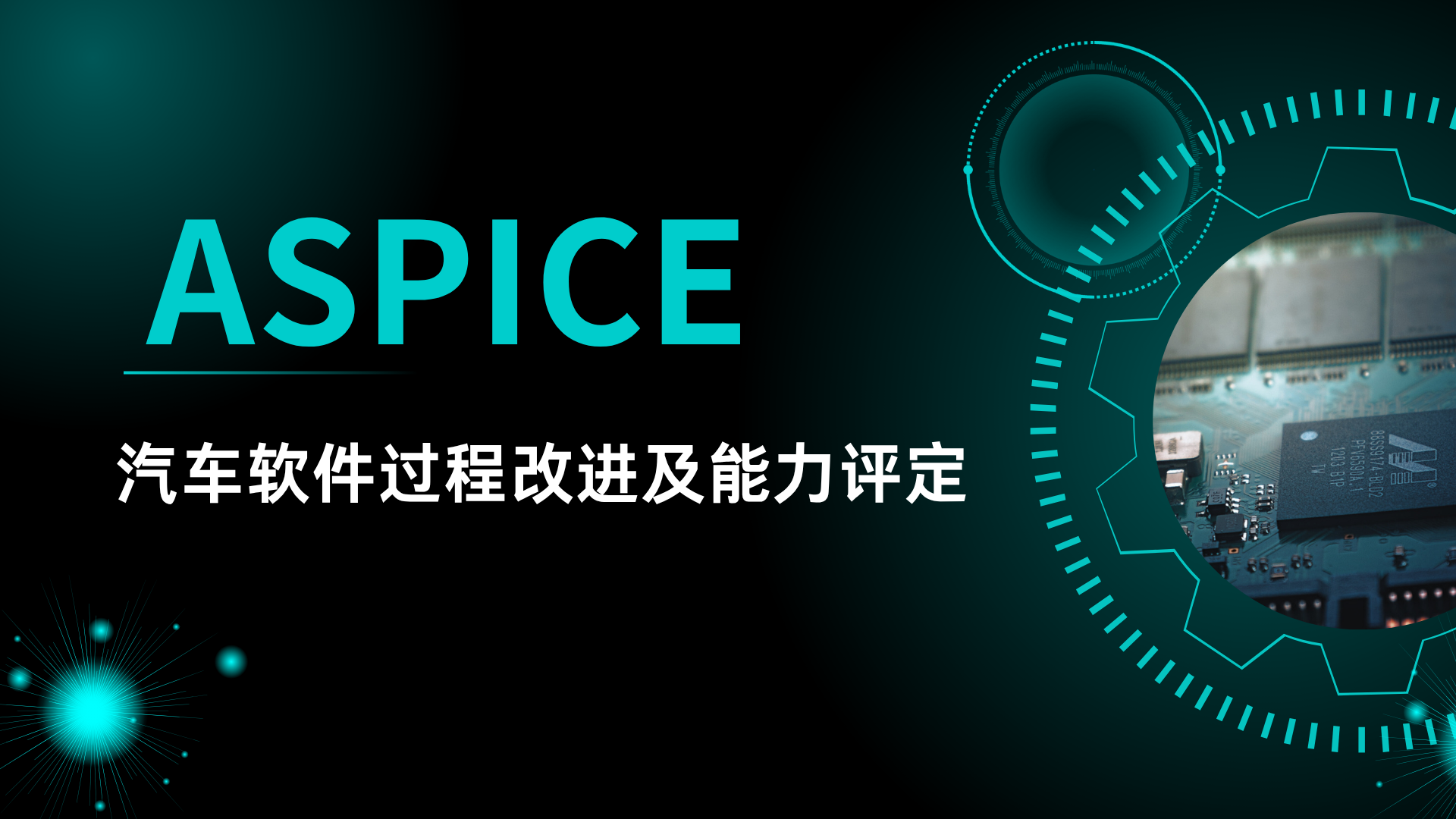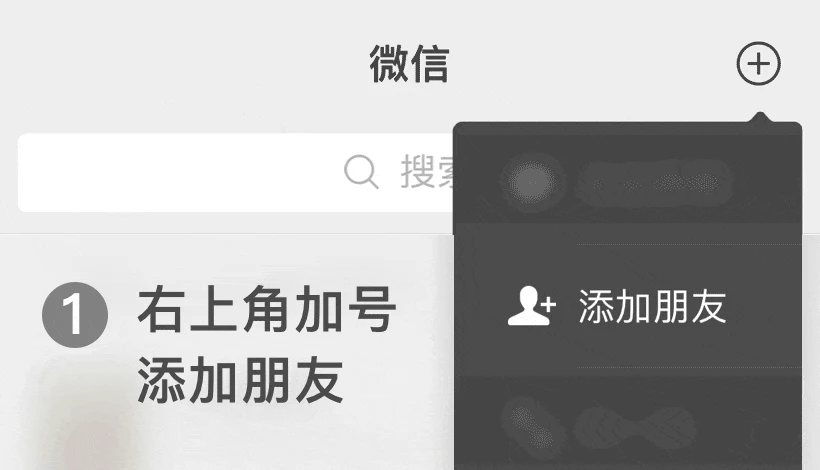
 Professional services are guaranteed
Professional services are guaranteed One on one full process guidance
One on one full process guidance Efficient and fast experience
Efficient and fast experienceASPICE is based on the ISO/IEC 15504 international standard, developed by the European automotive industry and has become an important evaluation basis for global automotive supply chain access.
Its core objectives include:
Standardized development process: By defining a clear software lifecycle process model, ensure that automotive software meets functional safety (ISO 26262), reliability, and performance requirements.
Capability maturity assessment: providing a quantifiable process capability evaluation system for enterprises to help identify improvement directions.
Supply chain collaboration: Unify the development language between OEMs and suppliers to reduce communication and quality verification costs
The ASPICE framework is based on a process approach, dividing the automotive software development process into 32 processes belonging to 7 process domains, covering multiple aspects such as systems engineering, software development, project management, and support processes. These processes are interrelated and together form a complete software development process system.
1. Process dimension
ASPICE categorizes the 32 processes into three main types:
The main lifecycle includes 20 processes such as requirement analysis, design, implementation, and testing.
Organizational lifecycle: involves five organizational level management processes, such as project management, configuration management, etc.
Support lifecycle: including 7 processes such as quality assurance, measurement, and analysis
2. Ability dimension
ASPICE divides the software development capabilities of enterprises into six levels, ranging from level 0 (unimplemented) to level 5 (optimized). Each level corresponds to different levels of process maturity and quality management. The higher the level, the stronger the controllability and reliability of the enterprise in the software development process.
(I.) ASPICE application requirements
1. Basic premise
Project requirement: There must be an actual running automotive electronics or software project (covering the entire V-model cycle, such as requirements analysis, design, testing, etc.).
Process implementation: A process system that meets ASPICE requirements has been initially established (or is currently being improved).
Resource investment: Having a team capable of implementing improvements, a toolchain (such as requirements management tools), and budget support.
2. Ability level objectives
Clearly evaluate the capability level (such as Level 2 or Level 3) based on the company's objectives (such as customer access requirements).
Note: Level 2 requires proof that the process is' managed '(planned, monitored, and resource secured); Level 3 requires organizational level standardization.
3. Evaluate the qualifications of the institution
You need to choose a competent assessor certified by VDA (German Association of the Automotive Industry) or an authorized assessment agency.
(II.) Key precautions
1. Material authenticity:
All documents must be generated for the actual project to avoid "paper-based processes".
The evaluator will verify the consistency between the document and project execution through random sampling.
2. Traceability:
The traceability relationship between requirements, design, and testing must be clear and complete (tool automation traceability is an additional item).
3. Time planning:
Material preparation needs to be synchronized with project progress (for example, test reports need to be completed before project acceptance).
4. Compliance tools:
If using agile tools such as Jira, plugins or workflows that meet ASPICE traceability requirements need to be configured.
1. Core values of the enterprise
Risk pre positioning: Reduce post change costs through Bi directional traceability of requirements.
Quality cost optimization: Statistics show that the software defect rate of ASPICE Level 3 enterprises has decreased by 40% to 60% compared to Level 1.
Market competitiveness: ASPICE Level 2/3 has become the entry threshold for entering the supply chain of German and American OEMs.
2. Industry application scenarios
OEM supplier selection: Quickly screen qualified suppliers through ASPICE evaluation reports.
Internal process improvement of enterprises: Identify weak points in requirements management, testing coverage, and other aspects.
Compliance proof: The ASPICE assessment results can serve as input evidence for ISO 26262 functional safety certification
• Common questions:
Requirement traceability fracture (such as some requirements not being linked to test cases).
Lack of process monitoring evidence (such as failure to record project milestone review results).
The toolchain does not cover critical process areas (such as no configuration management tools).
• Avoidance suggestions:
Conduct an internal pre evaluation (Gap Analysis) in advance.
Use ASPICE compliance toolchain and keep operation logs.
Basic materials:
Company Qualification Documents
Project Contract or Customer Requirements
Project Plan and Scope Description
Process documentation:
Process Manual
Templates and Guidelines
Process Improvement Records
Evidence of project execution:
Requirement bidirectional traceability matrix
Review records
Test reports
Change management records










Wechat ID:Siterui888888
Add a wechat friend to get free plans and quotations


 Contact
Contact




 定制化解决方案
定制化解决方案 专业咨询指导
专业咨询指导 透明化服务
透明化服务 长期顾问式合作
长期顾问式合作